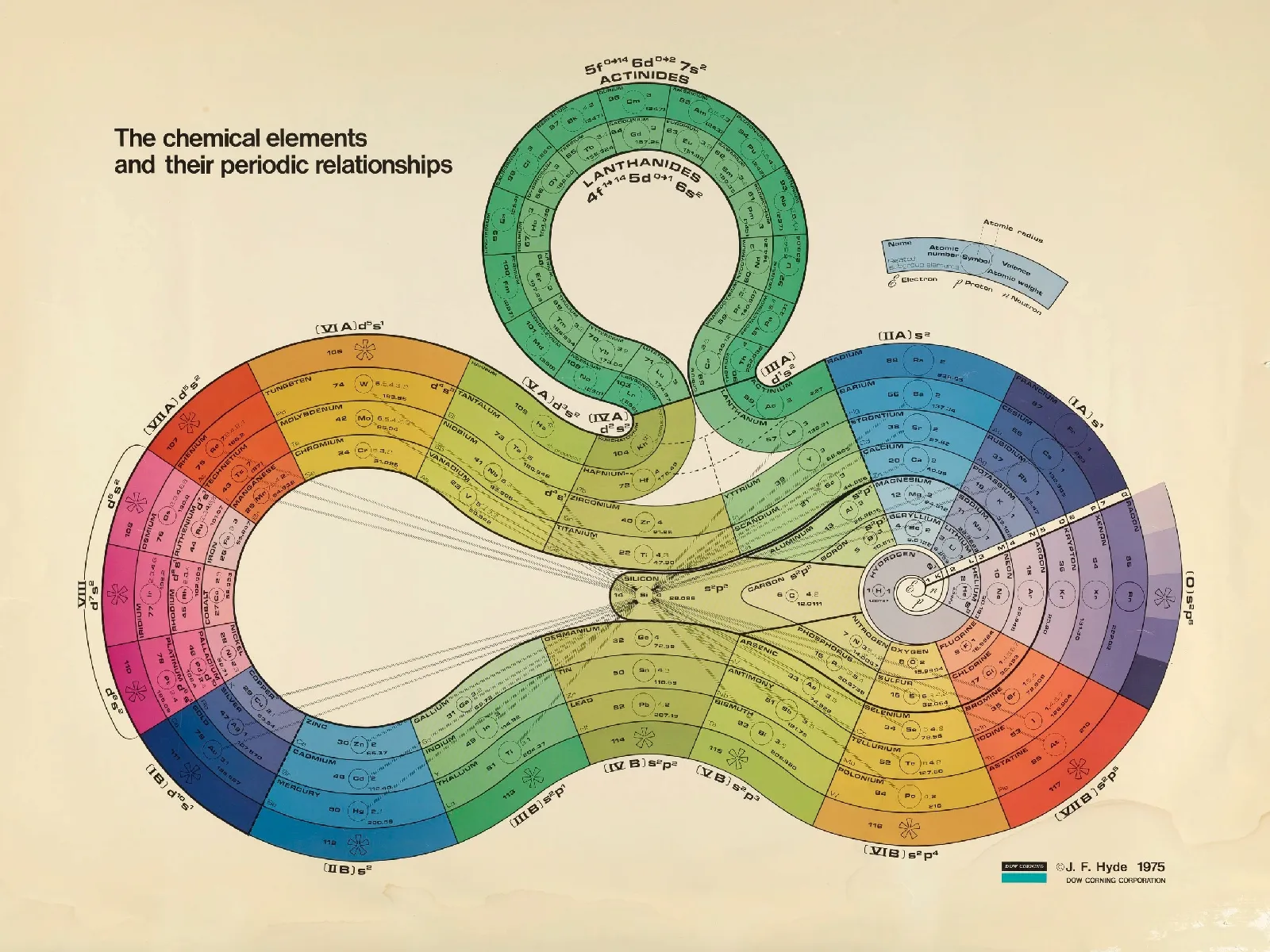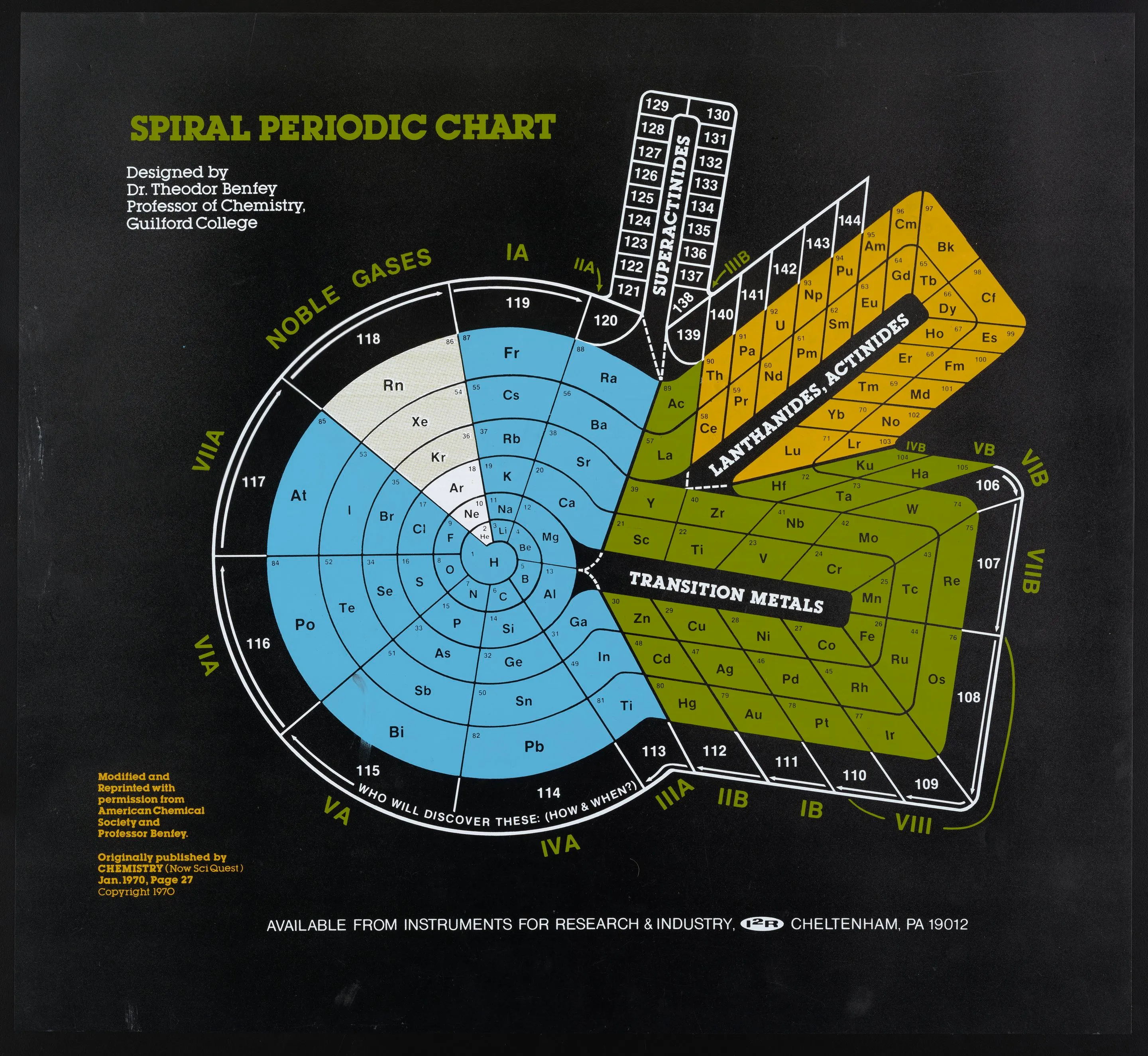“Hydrogen” in German is Wasserstoff, which sounds hilarious except it’s just a literal translation of the Greek hydro-gen!
Most chemical elements are more or less the same in German and English. The fun exceptions are:
- Wasserstoff (Hydrogen); “water stuff” is a literal translation from Greek.
- Kohlenstoff (Carbon); “coal stuff” is a literal translation from Latin.
- Stickstoff (Nitrogen); “suffocation stuff”, apparently because it’s the non-oxygen part of air, is a German original.
- Sauerstoff (Oxygen); “sour stuff” is a literal translation from Greek.
German also has Natrium (Sodium), Kalium (Potassium), Wofram (Tungsten), Quecksilber (Mercury), and Blei (Lead).

